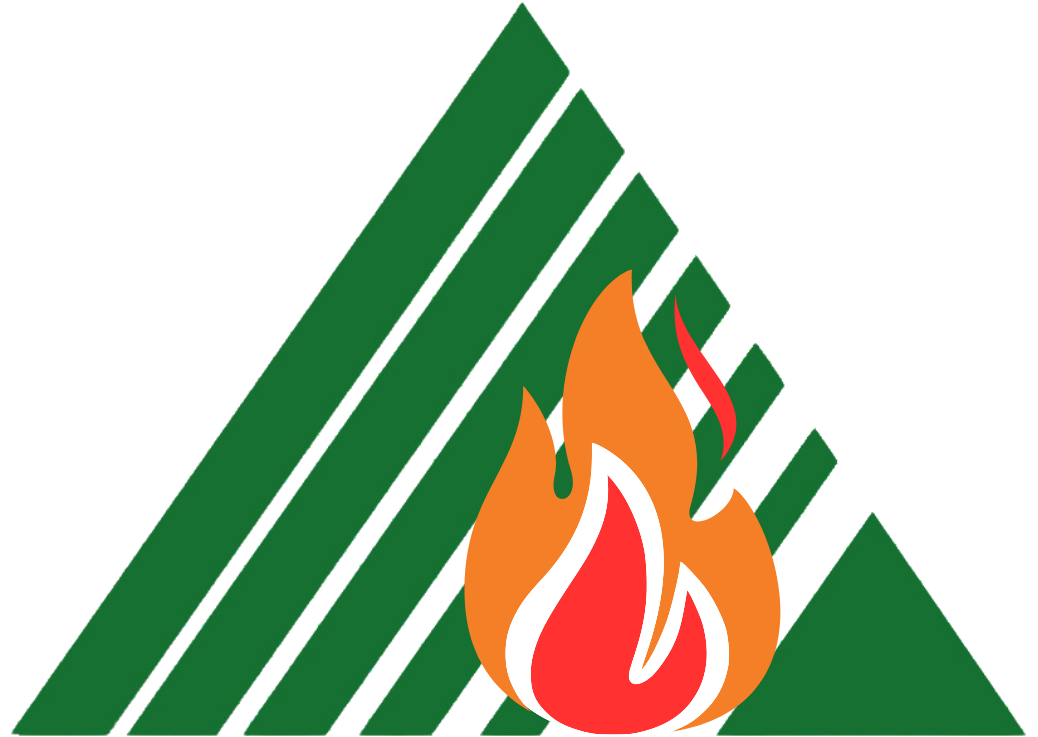Staff from Los Altos Hills County Fire District (LAHCFD) and Santa Clara County FireSafe Council (SCCFSC) answer common questions about evacuation route hardening projects.
What happens to the vegetation that Los Altos Hills County Fire District cuts down?
Eugenia Woods, LAHCFD Programs, Planning, and Grants Manager, explains vegetation disposal on evacuation route hardening projects. When the vegetation does not include invasive species, vegetation debris is chipped and broadcast onsite. Broadcast chipping is distributing the chips across the area from which it was removed. Chips containing invasive species are hauled away.
How will it look when the project is finished?
Eugenia Woods, LAHCFD Programs, Planning, and Grants Manager, describes the “park-like” appearance resulting from a evacaution route hardening project. The ladder fuels have been removed and the trees have been limbed up, increasing visibility along the street and intersections while the shade canopy is retained.
How does vegetation management help roadway visibility?
Paige Russell, Retired Fire Captain and LAHCFD Operations Project Manager, highlights the two-fold benefit of managing vegetation along evacuation routes. Reduced vegetation increases safety through improved visibility when entering and exiting the roadway, and it reduces the amount of fuel in the event of a fire.
What is the Right of Entry (ROE)?
Paige Russell, Retired Fire Captain and LAHCFD Operations Project Manager, explains the importance of resident participation by completing Right of Entry (ROE) forms. The ROE allows the District treat beyond the public right of way, the extra treated width makes evacuation routes and the community safer.
What is a Riparian area or zone?
Denise Gluhan, Retired Fire Captain and LAHCFD Community Educator & Risk Reduction Manager, explains what a riparian zone is, how they are marked by field biologists, and how we carefully work around these sensitive areas.
What kind of preparation is done for vegetation management?
Denise Gluhan, Retired Fire Captain and LAHCFD Community Educator & Risk Reduction Manager, shares how we prepare for the environmental impact of our projects. Pink tape indicates nearby nests, where we maintain a 6-foot radius to avoid disturbing wildlife.
Do eucalyptus trees specifically contribute to wildfire risks?
Denise Gluhan, Retired Fire Captain and LAHCFD Community Educator & Risk Reduction Manager, dispels misconceptions about eucalyptus trees as a dangerous species and explains why it’s important to maintain them and retain them as part of the ecosystem.
How can we maintain eucalyptus trees to prevent wildfire?
Denise Gluhan, Retired Fire Captain and LAHCFD Community Educator & Risk Reduction Manager, explains how we treat eucalyptus trees to target areas prone to ignition. Residents can perform these same steps for their own eucalyptus trees. We trim away new growth around the base of the main trunk(s), remove hanging bark, and clean out the saddle area.
How is traffic controlled at the project sites?
Irene Armstrong, Santa Clara County FireSafe Council Project Manager and Certified Arborist, explains where multiple personnel are stationed to control traffic flow through project areas, looking out for motorist, bicycle and pedestrian safety in the project work area.
How are these projects scheduled for traffic control?
Irene Armstrong, Santa Clara County FireSafe Council Project Manager and Certified Arborist, discusses how the traffic control plan strive to avoid peak travel times while maximizing safety. Road projects may be an inconvenience and need more travel time and the District appreciates your flexibility to benefit the Los Altos Hills community!
Roadside maintenance projects: how important are they?
Irene Armstrong, Santa Clara County FireSafe Council Project Manager and Certified Arborist, explains how roadside maintenance projects are important for the safety of motorists leaving during a fire and for first responder ingress.
What is the importance of an evacuation route during a wildfire?
Why is it important to focus on intersections?
Ryan Cronin, Retired Fire Captain and LAHCFD Project Manager, notes how important it is to focus on intersections when hardening evacuation routes. Where two roadways come together, traffic slows down and there can be congestion, so it’s important to eliminate fuels in that area to reduce the radiant heat produced by wildfire. Keeping brush low and limbing the branches up also improves visibility, which is important for cyclists, motorists and pedestrians.
How far should the vegetation be trimmed or cut?
Ryan Cronin, Retired Fire Captain and LAHCFD Project Manager, lists the common dimensions and setbacks that are used in vegetation management near intersections. Note that these measurements are determined by local town and county ordinances.







